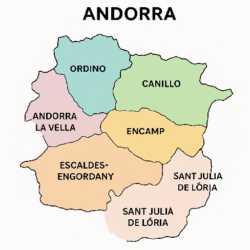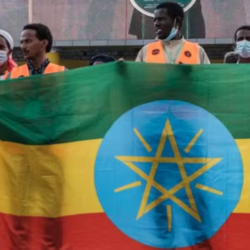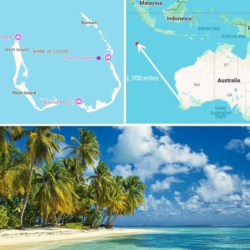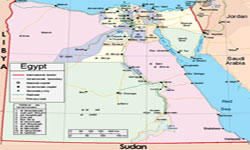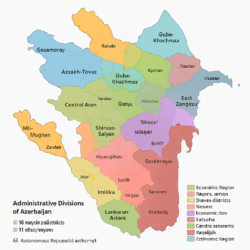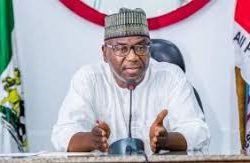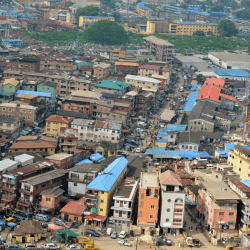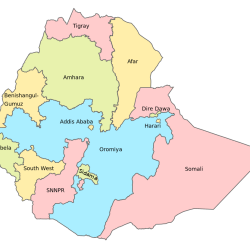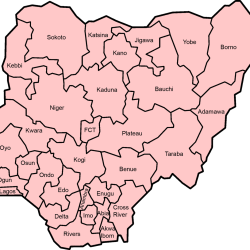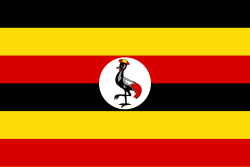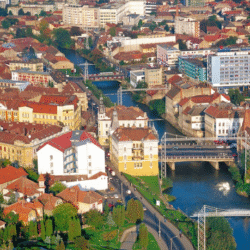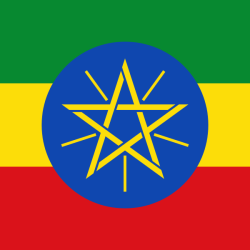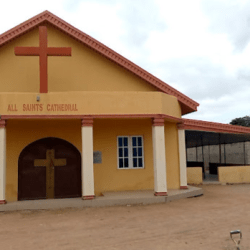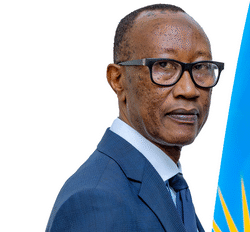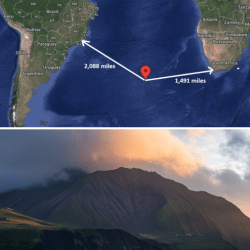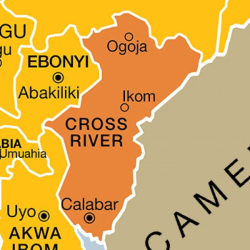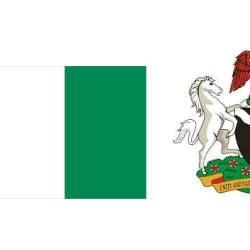The Bahamas is more than just a tropical paradise—it’s a nation built on a unique system of governance that balances central authority with local autonomy. While most islands in the archipelago fall under district-based local government, the most populous island, New Providence, is an exception. Instead, its affairs are managed directly by the central government in Nassau.
In total, there are 32 districts across the Family Islands, each overseen by elected officials who are tasked with managing resources, funding, and community development. This system reflects the Bahamian government’s commitment to giving local communities a voice in their own affairs while preserving national unity.
History of Local Government in the Bahamas
The local government system in the Bahamas is relatively young compared to other nations.
The 1996 Local Government Act
In 1996, the Bahamian Parliament passed the Local Government Act, a landmark law that redefined governance for the Family Islands. Its purpose was simple: allow island communities to govern themselves without heavy interference from Nassau.
This legislation created:
- District councils
- Town committees
- Local administrators
These bodies are responsible for planning, budgeting, and community projects.
Role of Local Administrators and Councils
Local administrators serve as the government’s representatives in each district, while councillors and committee members are elected by the people. Together, they ensure funds are used responsibly and that each island’s needs are met efficiently.
Structure of Bahamian Local Government
The Family Islands are divided into districts, each with its own governance system.
District Councillors and Town Committees
- Councillors are elected every five years and serve as decision-makers for their district.
- Town committees represent smaller communities within each district, ensuring grassroots involvement in local governance.
Responsibilities of Local Representatives
Elected officials handle:
- Road maintenance
- Community centers
- Small-scale infrastructure projects
- Public services such as waste management
Elections and Terms of Office
District elections occur every five years. Citizens elect both councillors and town committee members, with 110 councillors and 281 committee members serving nationwide.
Why New Providence Has No District System
Despite being home to nearly 70% of the Bahamian population, New Providence does not operate under a local government district structure.
Population Concentration in Nassau
Nassau, the capital city, dominates the island of New Providence. With its high population density and complex infrastructure, governance requires direct oversight.
Direct Central Government Oversight
Instead of decentralization, the central government directly manages New Providence. This allows for more unified administration in areas such as healthcare, policing, and urban development.
Full List of the 32 Districts of the Bahamas
The districts outside New Providence cover the rest of the Family Islands.
Abaco Districts
- Central Abaco
- Grand Cay
- Hope Town
- Moore’s Island
- North Abaco
- South Abaco
Andros Districts
- Central Andros
- Mangrove Cay
- North Andros
- South Andros
Eleuthera Districts
- Central Eleuthera
- Harbour Island
- North Eleuthera
- South Eleuthera
- Spanish Wells
Grand Bahama Districts
- City of Freeport
- East Grand Bahama
- West Grand Bahama
Other Family Island Districts
- Acklins
- Berry Islands
- Bimini
- Black Point (Exuma)
- Cat Island
- Crooked Island
- Exuma
- Inagua
- Long Island
- Mayaguana
- Ragged Island
- Rum Cay
- San Salvador
- [District 32 Placeholder — Inagua already listed, but cross-check with full listing]
(Note: The Bahamas officially recognizes 32 districts, though some islands are divided into smaller administrative regions for easier governance.)
Key Functions of Districts in the Bahamas
Each district plays a crucial role in island life.
Public Fund Management
Local councils are entrusted with public funds, ensuring tax revenues are invested back into community projects.
Infrastructure Maintenance
From roads to ferry docks, councils handle local infrastructure, improving quality of life.
Community Development
Councils organize cultural events, sports facilities, and youth programs that keep community spirit alive.
Importance of Local Government to Bahamian Society
Local government empowers citizens and strengthens democracy.
Promoting Local Democracy
By electing representatives, Bahamians exercise direct influence over local issues.
Strengthening Island Identity
Each island has its own culture and traditions. Local governance helps preserve this identity while promoting progress.
Encouraging Accountability and Transparency
Elected officials must justify their decisions to their communities, encouraging responsible leadership.
Challenges Facing the District System
While the local government structure is beneficial, it faces obstacles.
Limited Resources
Many districts lack sufficient funding to carry out ambitious projects.
Central Government Dependence
Smaller districts often depend heavily on Nassau for financial and policy support.
Geographic Barriers Between Islands
With hundreds of islands spread across vast waters, communication and transport can be difficult.
Future of Local Government in the Bahamas
As the Bahamas develops, local government may see reforms.
Calls for Reform and Modernization
Some argue for stronger autonomy for Family Islands to reduce dependence on Nassau.
Technology and E-Governance
Digital tools may help councils improve efficiency and transparency.
Greater Autonomy for Family Islands
Proposals suggest more authority should be granted to district councils for local decision-making.
1. How many districts are there in the Bahamas?
There are 32 districts, excluding New Providence.
2. Why doesn’t New Providence have districts?
Because of its large population and capital city, Nassau, it is governed directly by the central government.
3. Who runs the districts of the Bahamas?
Each district is managed by elected councillors, town committee members, and a local administrator.
4. How often are district elections held?
Elections are held every five years.
5. What are district councils responsible for?
They manage public funds, infrastructure, and community development projects.
6. Which is the largest district by area?
Andros is the largest island in the Bahamas and has multiple districts to cover its size.
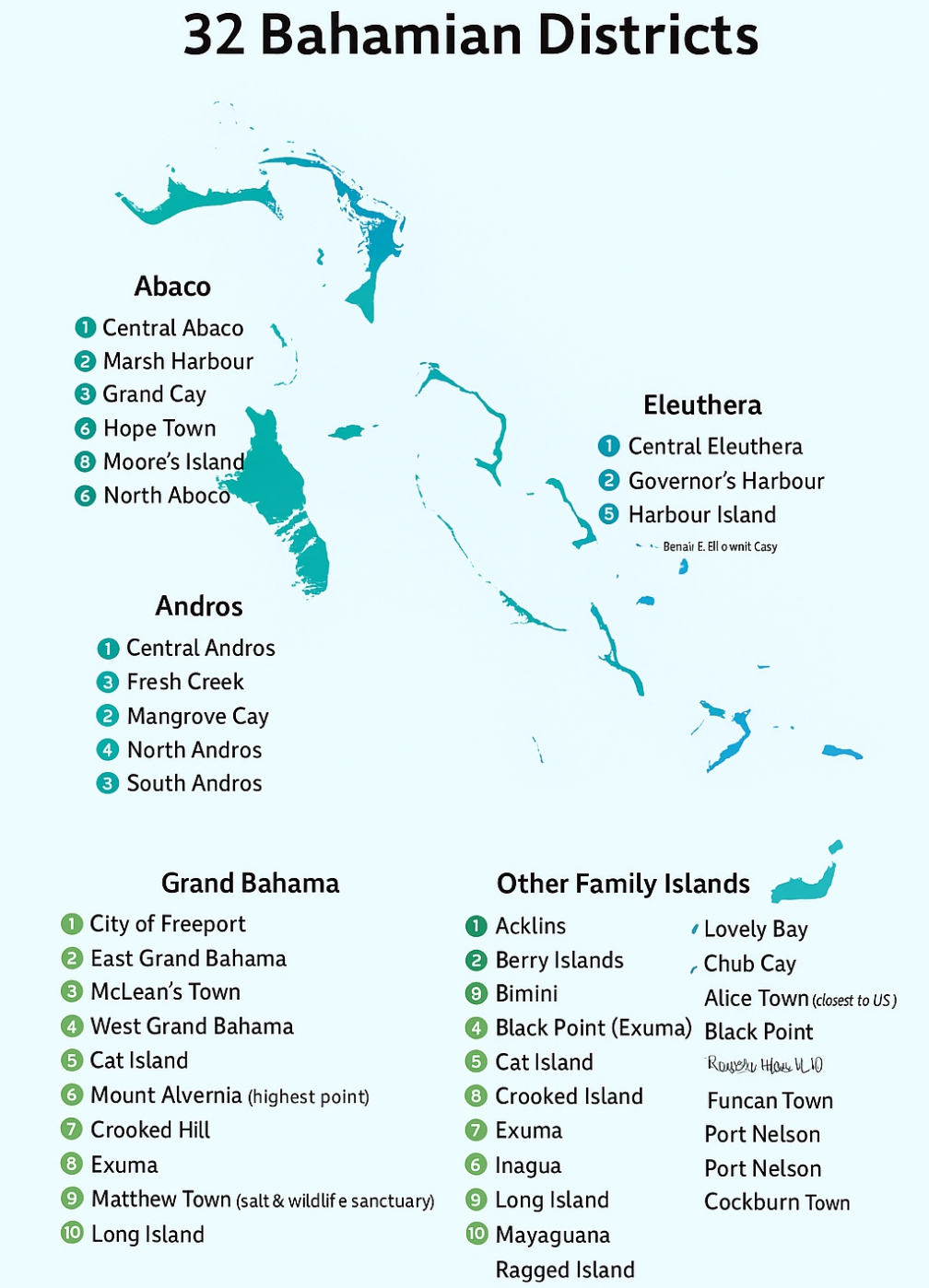
The districts of the Bahamas highlight the nation’s commitment to democracy, accountability, and community-driven governance. While New Providence stands apart under central government control, the Family Islands enjoy a localized system that allows residents to shape their communities directly.
As the Bahamas continues to grow, the future of local governance promises to evolve—potentially giving island communities even greater autonomy in shaping their destinies.
